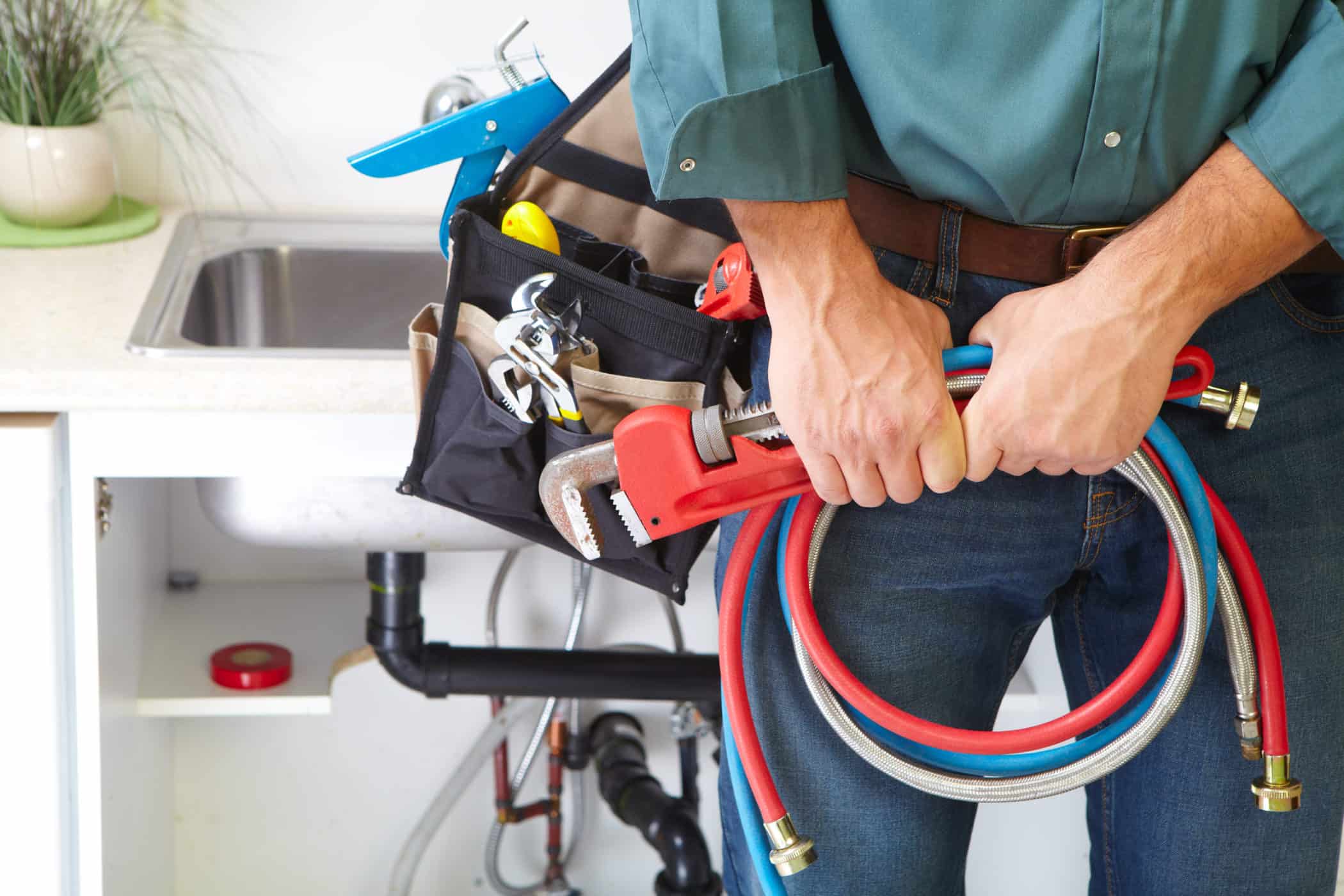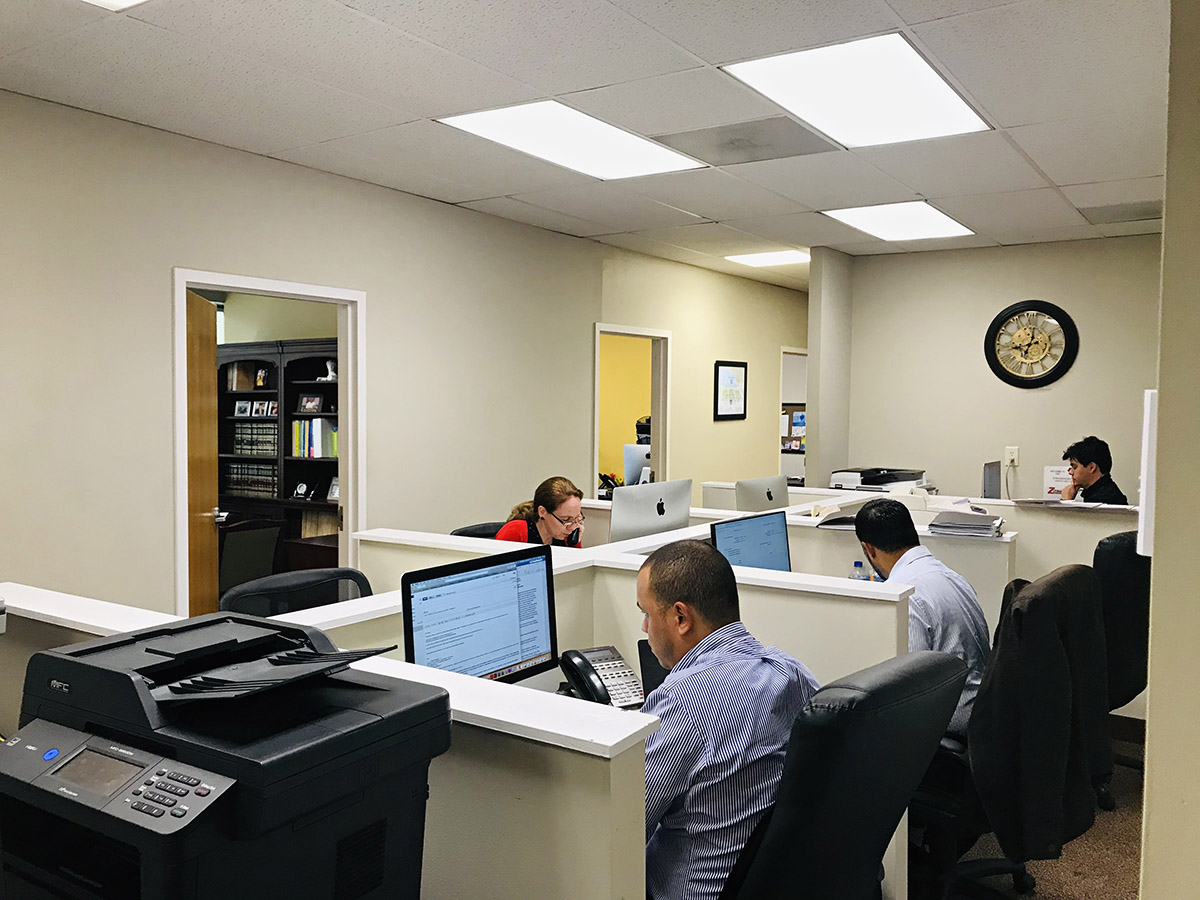Home>Garden Essentials>How To Get A Landscape Design License


Garden Essentials
How To Get A Landscape Design License
Modified: March 7, 2024
Learn how to obtain a garden landscape design license and turn your passion into a rewarding career. Explore the steps and requirements in this comprehensive guide.
(Many of the links in this article redirect to a specific reviewed product. Your purchase of these products through affiliate links helps to generate commission for Storables.com, at no extra cost. Learn more)
Introduction
Welcome to the world of landscape design! If you have a passion for creating beautiful outdoor spaces and are considering turning it into a career, obtaining a landscape design license is an excellent way to showcase your skills and expertise. Becoming a licensed landscape designer not only adds credibility to your name but also opens up a wide range of opportunities in the field.
In this article, we will guide you through the process of getting a landscape design license. Whether you are just starting out or already have some experience in the industry, this step-by-step guide will help you understand the requirements and navigate the licensing process.
It’s important to note that the specific requirements for obtaining a landscape design license may vary depending on your location. It’s essential to research the regulations and guidelines specific to your area. However, the general process outlined here will give you a good starting point.
So, let’s dive in and explore the necessary steps to get your landscape design license!
Key Takeaways:
- To become a licensed landscape designer, research your local requirements, complete relevant education, gain practical experience, prepare for the exam, submit a thorough application, and pay the necessary fees.
- After obtaining your license, stay updated with industry trends, renew your license on time, and maintain professionalism to continue practicing as a licensed landscape designer.
Read more: How To Get A License For Landscaping
Step 1: Research the Requirements
The first step in obtaining a landscape design license is to research the requirements set by your local licensing board or governing body. Different regions may have different rules and regulations when it comes to licensing landscape designers.
Start by visiting the website of your local licensing board or regulatory agency. Look for information related to landscape design licenses and the specific requirements you need to fulfill. Take note of any exams, educational qualifications, work experience, or other prerequisites mentioned.
It’s important to understand the licensing requirements thoroughly to ensure you meet all the necessary criteria. This research will help you plan your path and provide clarity on the steps you need to follow.
Additionally, reach out to professionals in the industry or join landscape design forums or associations to get insights from experienced individuals. They can guide you through the process and provide valuable information based on their own experiences.
By conducting thorough research on the requirements, you will have a clear understanding of what it takes to obtain a landscape design license in your area.
Step 2: Complete the Educational Requirements
Once you have familiarized yourself with the licensing requirements, the next step is to complete the educational prerequisites. Most regions require landscape designers to have a certain level of formal education in landscape architecture or a related field.
Research accredited educational institutions that offer programs in landscape design or landscape architecture. Look for programs that are recognized and approved by the relevant licensing board or regulatory agency in your area.
Enroll in a program that best suits your needs and career goals. Many institutions offer both undergraduate and graduate programs in landscape design, allowing you to choose the level of education that aligns with your aspirations.
During your educational journey, you will acquire knowledge and skills in various aspects of landscape design, such as plant identification, site analysis, hardscaping, sustainable design principles, and more. These courses will provide you with a solid foundation in the field and prepare you for future professional endeavors.
Completing the educational requirements demonstrates your commitment to mastering the fundamentals of landscape design and equips you with the necessary knowledge to excel in your career.
In addition to formal education, consider enhancing your skills through workshops, seminars, and online courses. Continuing education can help you stay up to date with the latest trends, technologies, and best practices in landscape design.
Remember to keep track of your academic transcripts and certifications as you will need to provide proof of completion when applying for your license.
By fulfilling the educational requirements, you will have a comprehensive understanding of landscape design principles and techniques, setting you up for success in the licensing process.
Step 3: Gain Relevant Work Experience
Alongside the educational requirements, gaining practical work experience is crucial in becoming a licensed landscape designer. Work experience allows you to apply the knowledge and skills you have acquired in real-world scenarios and helps you develop a deeper understanding of the profession.
Start by seeking out internships, apprenticeships, or entry-level positions in landscape design firms, architectural firms, or even municipal agencies that focus on outdoor space planning. These opportunities will expose you to different aspects of the industry and provide hands-on experience working with clients, managing projects, and implementing design plans.
During your work experience, make an effort to collaborate closely with experienced professionals in the field. Learn from their expertise, seek guidance, and ask questions. This will not only improve your skills but also expand your professional network, which can be invaluable for future career growth.
Keep track of your work experiences, including the projects you have worked on and the responsibilities you have held. This documentation will be important when applying for your license as it showcases your practical knowledge and expertise in the field.
If you are unable to secure a formal job or internship, consider volunteering with local community organizations, non-profits, or even starting your own small-scale landscape design projects. These experiences, although unpaid, can still provide valuable practical skills and demonstrate your dedication to the field.
Ultimately, the goal of gaining relevant work experience is to supplement your educational background with hands-on learning, allowing you to grow as a professional and showcase your practical skills when applying for your landscape design license.
Step 4: Prepare for the Licensing Examination
Preparing for the licensing examination is a crucial step towards acquiring your landscape design license. The examination is designed to assess your knowledge and understanding of various aspects of landscape design, including design principles, plant selection, construction techniques, environmental factors, and more.
Start by researching the format and content of the examination specific to your region. Understand the topics and areas that will be covered in the test and create a study plan accordingly.
There are several resources available to help you prepare for the licensing examination. Consider investing in study guides, textbooks, and online courses that cover the relevant content areas. These resources will provide you with a comprehensive overview of the material and help you review and reinforce your knowledge.
In addition to self-study, consider joining study groups or participating in review sessions offered by professional organizations or institutions. Collaborating with peers who are also preparing for the exam can provide a valuable learning experience and help you gain different perspectives on the subject matter.
Take advantage of practice exams and sample questions to familiarize yourself with the format and style of the actual examination. These practice tests will not only enhance your understanding of the material but also help you identify areas where you may need further study.
Allocate dedicated study time leading up to the examination. Create a study schedule and stick to it, ensuring you cover all the necessary topics. Regularly revise your notes, review key concepts, and engage in active learning strategies such as creating flashcards or quizzes to reinforce your understanding.
Remember to prioritize your physical and mental well-being during the preparation phase. Get adequate rest, maintain a healthy lifestyle, and manage stress effectively. These factors can significantly impact your concentration and performance on the day of the examination.
By dedicating time and effort to preparing for the licensing examination, you will increase your chances of passing and obtaining your landscape design license.
Research the specific requirements for obtaining a landscape design license in your state, including education, experience, and examination. Contact your state’s licensing board for more information.
Step 5: Submit the Application
After fulfilling the educational requirements and gaining relevant work experience, it’s time to submit your application for a landscape design license. This step requires attention to detail and careful completion of all necessary paperwork.
Begin by obtaining the application form from your local licensing board or regulatory agency. Read the instructions carefully and gather all the supporting documents and information required to complete the application.
Some common documents you may need to include are your academic transcripts, proof of work experience, recommendation letters, and any relevant certifications or licenses you hold. Make sure to provide accurate and up-to-date information to avoid any delays in the application process.
Double-check all the requirements and ensure you have included all the necessary documents. Incomplete or incorrect applications can lead to delays or even rejections, so it’s important to carefully review everything before submitting.
Organize your documents neatly and submit your application according to the guidelines provided. This may involve mailing the application or completing an online submission process, depending on the regulations in your region.
Keep copies of all the documents you submit for your records. This will come in handy in case of any discrepancies or if you need to provide additional information during the application review process.
Once you submit your application, it’s important to follow up with the licensing board or regulatory agency to ensure they have received it. Inquire about the estimated timeline for application processing and ask for any updates or additional steps required.
By submitting a complete and accurate application, you demonstrate your commitment to professionalism and increase your chances of obtaining your landscape design license.
Step 6: Pay the Required Fees
Once your application has been submitted and processed, the next step in obtaining your landscape design license is paying the required fees. These fees cover the administrative costs associated with reviewing and issuing your license.
Upon submitting your application, you will typically receive instructions on the payment process. This may involve mailing a check or money order, or making an online payment through a secure portal. Follow the instructions provided by the licensing board or regulatory agency to ensure your payment is processed correctly.
It’s important to carefully review the fee structure to understand the amount due and any additional charges that may apply. These fees can vary depending on factors such as the type of license, the duration of the license, and any additional services or certifications you may be applying for.
Be sure to make the payment within the specified timeframe to avoid any delays or penalties. Keep a record of your payment confirmation, such as a receipt or transaction ID, for future reference.
If you have any questions or concerns about the payment process, don’t hesitate to reach out to the licensing board or regulatory agency for clarification. They will be able to provide you with the necessary information and guide you through the payment procedure.
By promptly paying the required fees, you demonstrate your commitment to the licensing process and ensure that your application can move forward smoothly.
Step 7: Renew Your License
After successfully obtaining your landscape design license, it’s important to stay vigilant about renewing it in a timely manner. Licenses are typically valid for a specific period, such as one or two years, and must be renewed to remain active and valid.
Make note of the expiration date of your license and mark it on your calendar or set a reminder to initiate the renewal process in advance. The renewal process may vary depending on your region, so it’s essential to familiarize yourself with the specific requirements and procedures.
Typically, to renew your license, you will need to complete certain continuing education requirements. This may involve attending workshops, seminars, or online courses to keep up with the latest industry trends and best practices. Stay informed about any changes or updates in regulations that may affect your licensing status.
Submit the necessary documents and fees for license renewal within the specified timeframe. Failure to renew your license on time may result in penalties or the suspension of your license, so it’s important to adhere to the renewal timeline and comply with all requirements.
Some licensing boards or regulatory agencies may also require you to provide proof of your work experience during the renewal process. Keep track of your professional projects and maintain documentation to fulfill these requirements.
Stay connected with professional organizations or associations in the landscape design industry. These networks often offer resources, workshops, and events that can contribute to your professional development and help fulfill renewal requirements.
Finally, don’t neglect to maintain the integrity and professionalism of your work throughout your career. Upholding ethical standards and delivering high-quality landscape design services will not only contribute to your success but also reflect positively on your license renewal process.
By staying proactive and diligent about renewing your license, you ensure that you can continue practicing as a licensed landscape designer and stay current in the field.
Conclusion
Congratulations! You have reached the end of this comprehensive guide on how to obtain a landscape design license. By following these steps, you have set yourself on the path to becoming a licensed landscape designer, unlocking a world of opportunities in this rewarding field.
Throughout this journey, we explored the importance of researching the requirements specific to your region and understanding the necessary educational qualifications and work experience. We discussed the significance of preparing for the licensing examination and submitting a complete application along with the required fees. Lastly, we emphasized the importance of renewing your license to ensure its validity and continued professional growth.
Remember, the landscape design profession is constantly evolving, and it’s crucial to stay updated with the latest trends, technologies, and best practices. Continually enhance your skills and knowledge through ongoing education and participate in professional development opportunities offered by industry associations or organizations.
Being a licensed landscape designer not only showcases your expertise and credibility but also opens doors to a wide range of career opportunities. You can pursue roles in landscape architecture firms, work with builders and developers, or even start your own landscape design business.
As you embark on your journey towards obtaining a landscape design license, stay passionate, dedicated, and committed to honing your craft. Embrace the challenges and enjoy the creative process of transforming outdoor spaces into thriving, beautiful environments.
Good luck on your path to becoming a licensed landscape designer, and may your future endeavors be filled with success and fulfillment!
Frequently Asked Questions about How To Get A Landscape Design License
Was this page helpful?
At Storables.com, we guarantee accurate and reliable information. Our content, validated by Expert Board Contributors, is crafted following stringent Editorial Policies. We're committed to providing you with well-researched, expert-backed insights for all your informational needs.















0 thoughts on “How To Get A Landscape Design License”